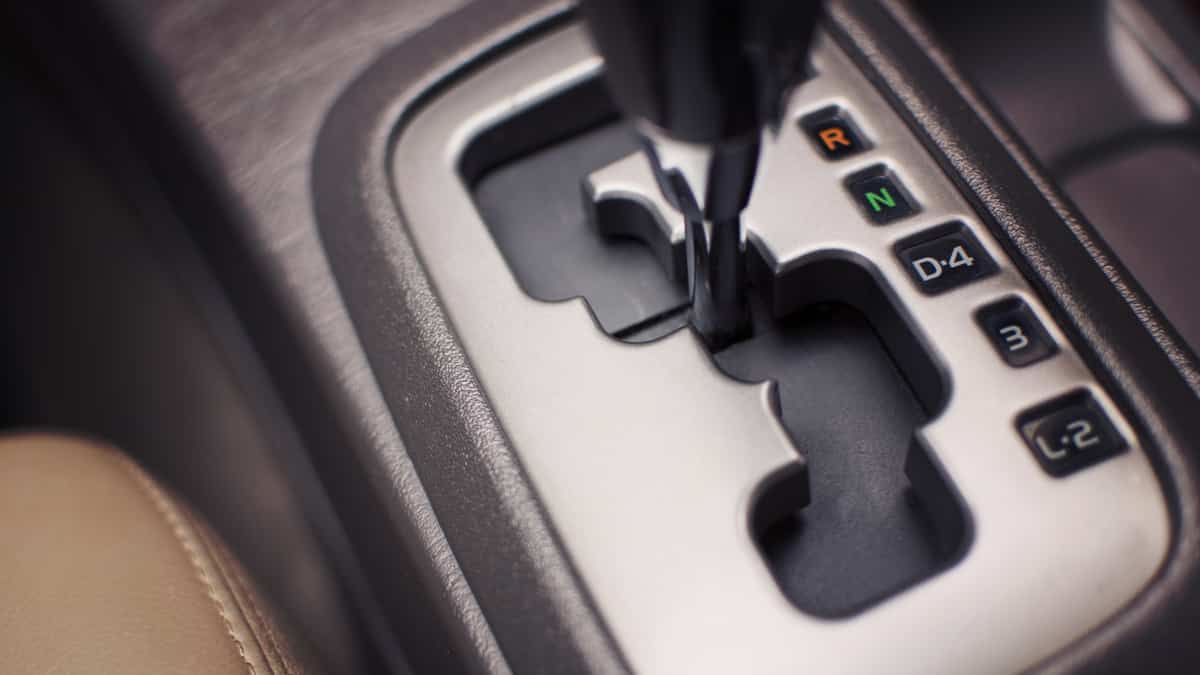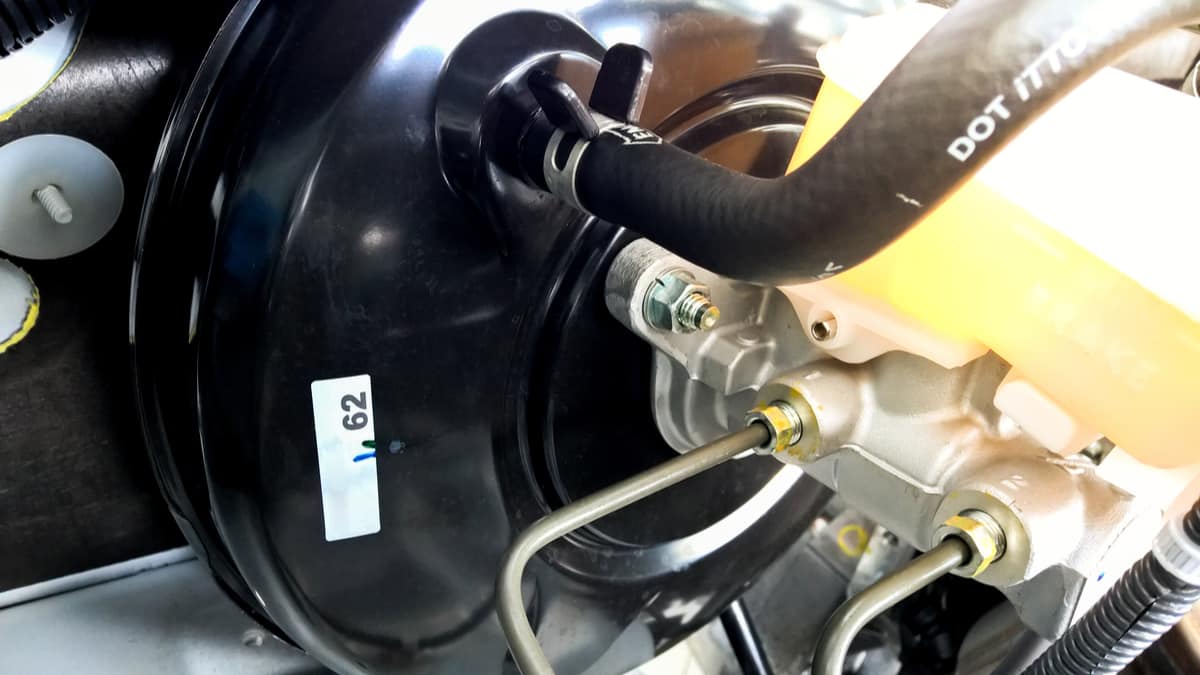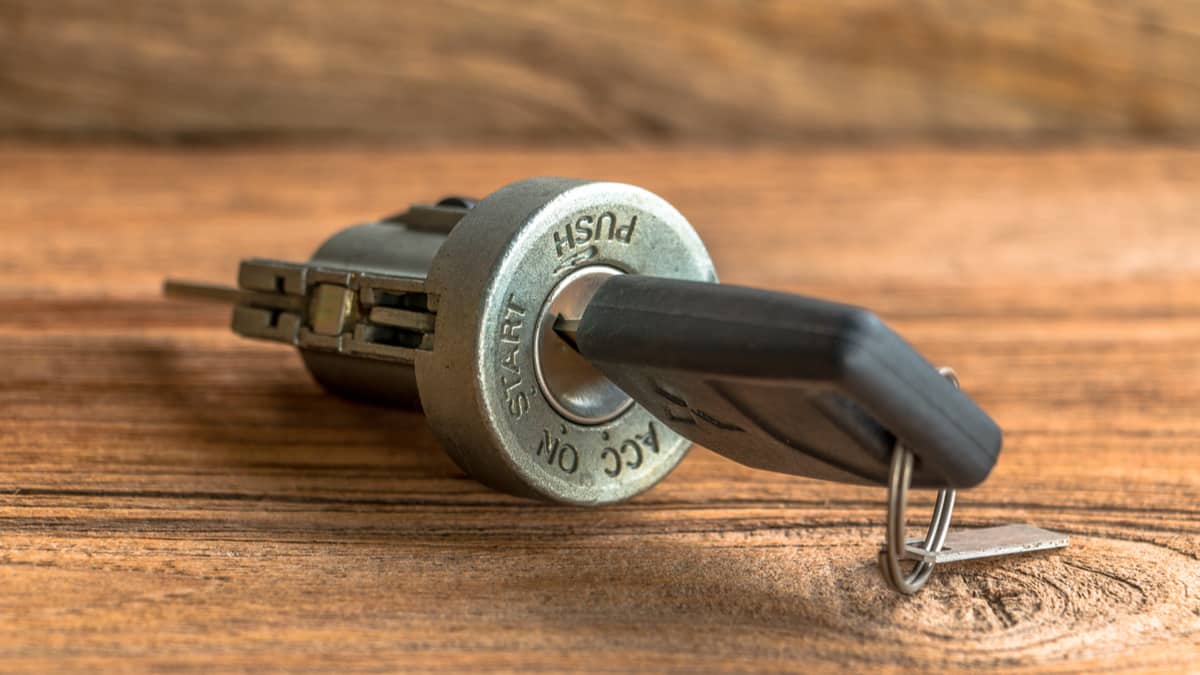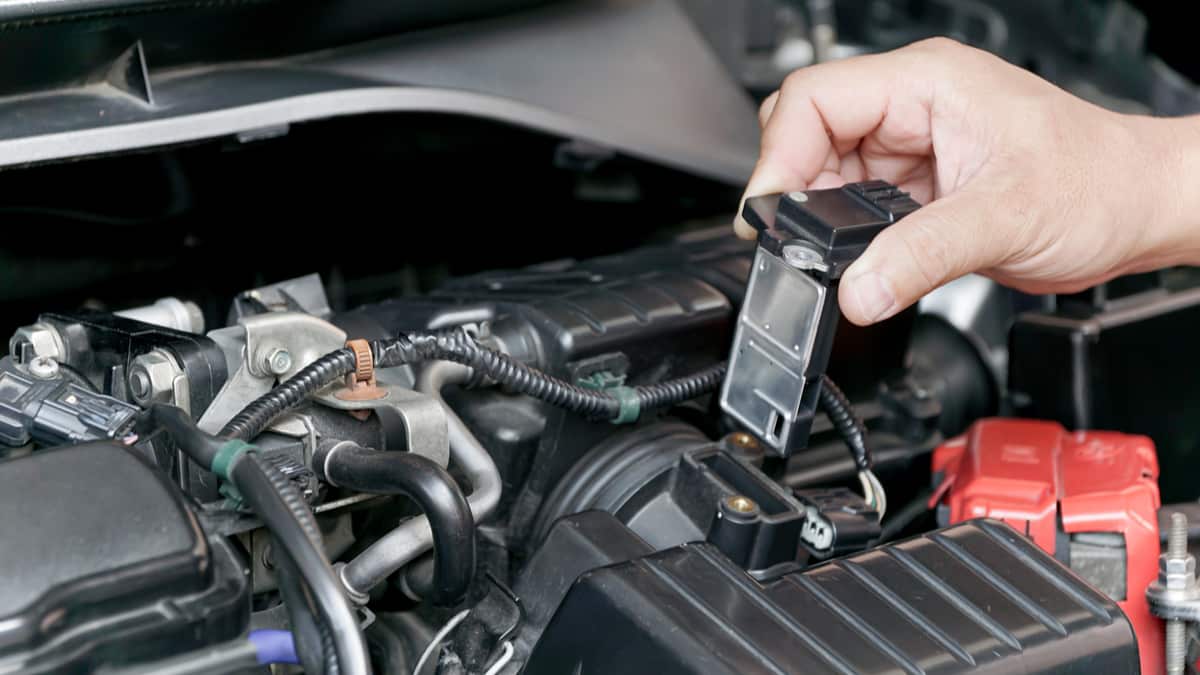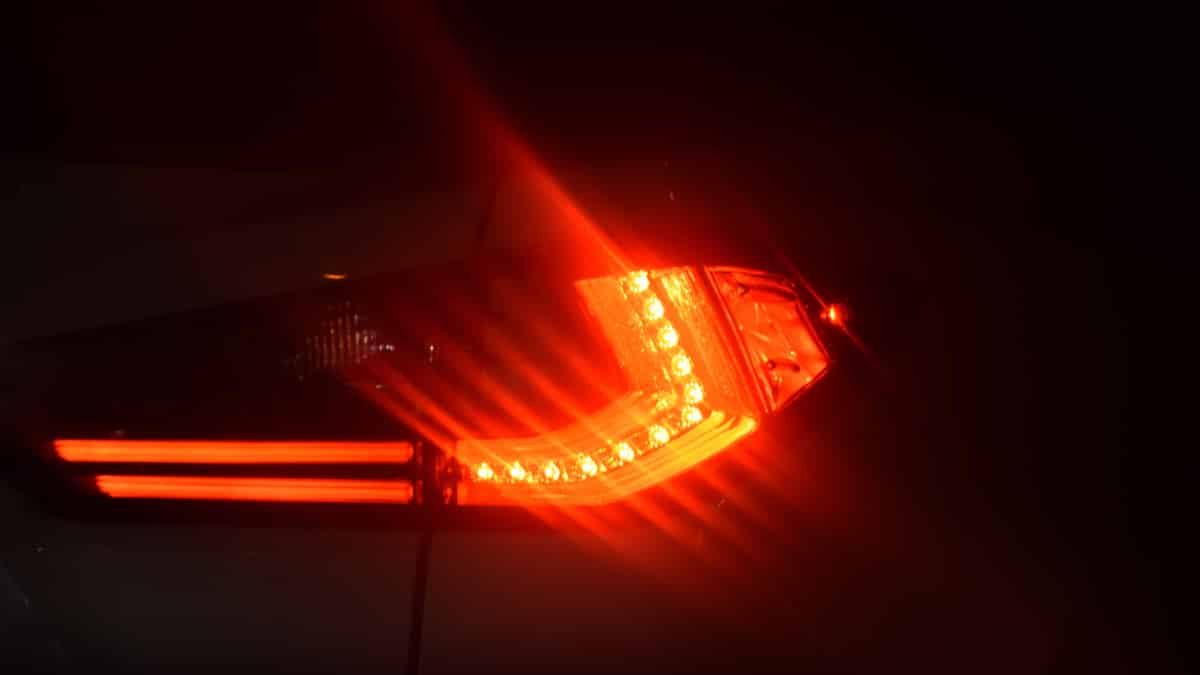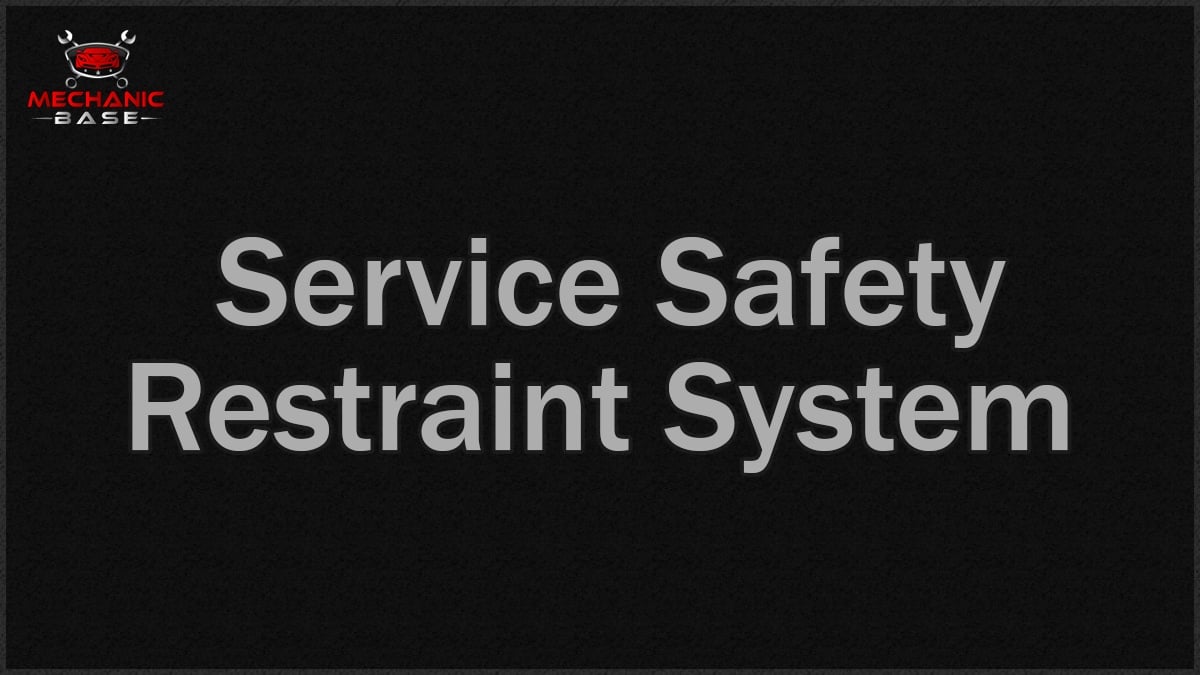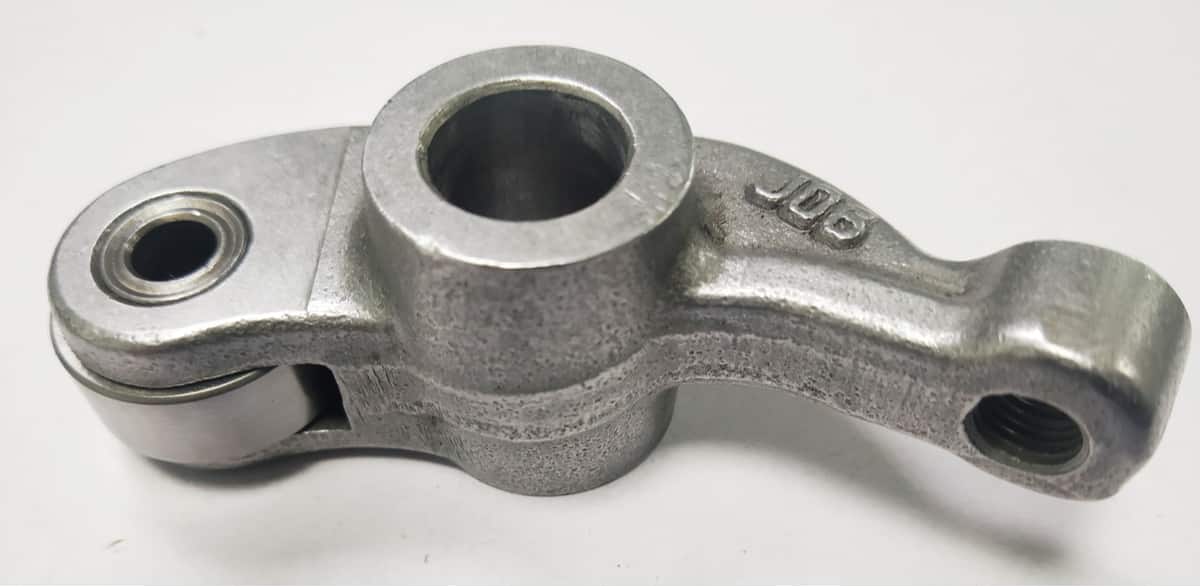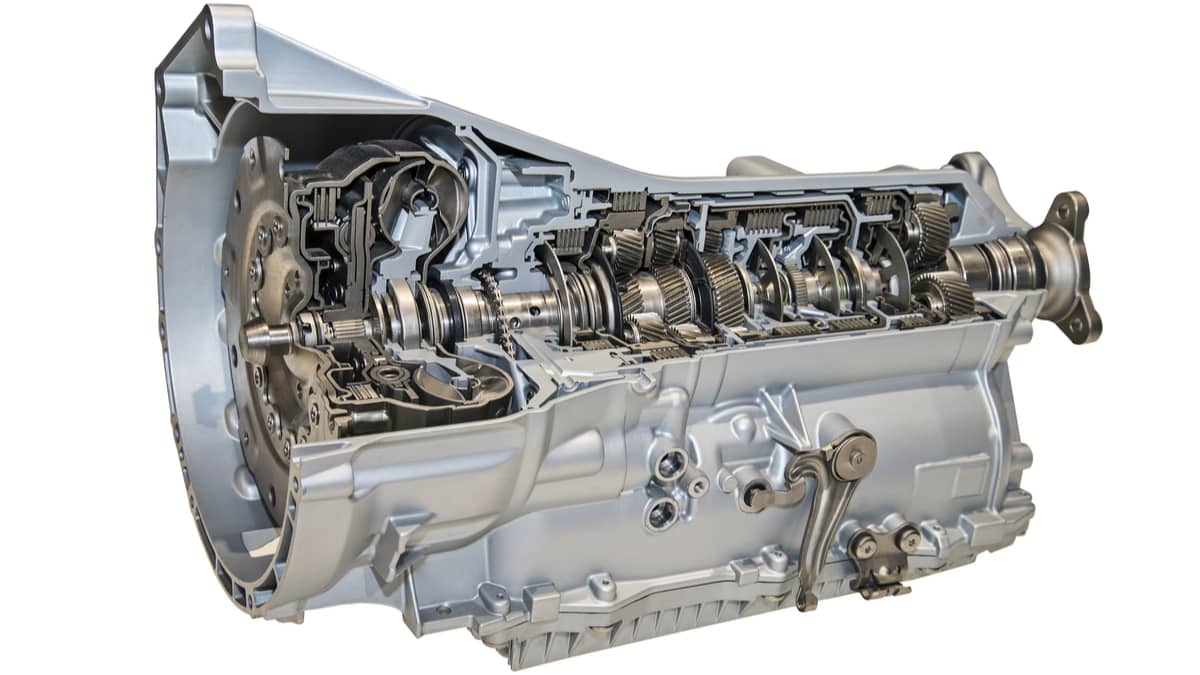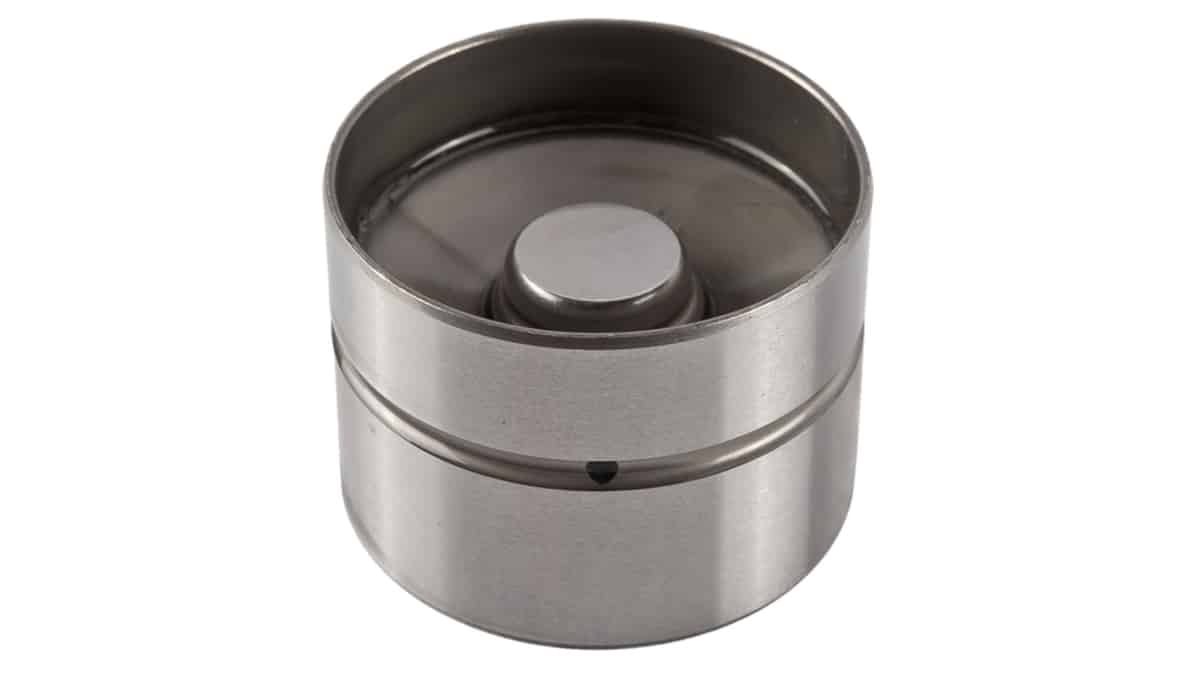While there are tons of electrical components in modern vehicles, most of these components serve a critical function. That’s definitely the case with the neutral safety switch.
But while it keeps you and your vehicle safe when everything is working correctly, when it’s not, it can be incredibly frustrating.
In this guide, I’ve broken down the three most common symptoms of a faulty neutral safety switch before diving into everything else you need to know about these critical components.
From what it does to where it’s at on your vehicle and how much it will cost to replace, I’ve got you covered. All you need to do is keep reading.
Symptoms Of A Bad Neutral Safety Switch
The most common symptom of a bad neutral safety switch is that the vehicle won’t crank when the transmission is in Park or Neutral. You may also notice you can start your car in all gears if it’s faulty.
But while those are the most common symptoms, those aren’t the only things you should look out for.
Moreover, just because your vehicle won’t crank while you’re in Park, doesn’t mean you should jump to replace your neutral safety switch. I’ll dive into each issue below so you know exactly what you need to look out for.
Here’s a more detailed list of the signs of a bad or failing neutral safety switch to look for:
1. No Crank When in Park

If your vehicle is in park – and do double-check that it is in park – but you can’t get it to crank at all, you might have a faulty neutral safety switch. Make sure that your battery has a good charge, and that the starter is in good working order before assuming that you have a problem with the neutral safety switch.
2. No Crank When in Neutral
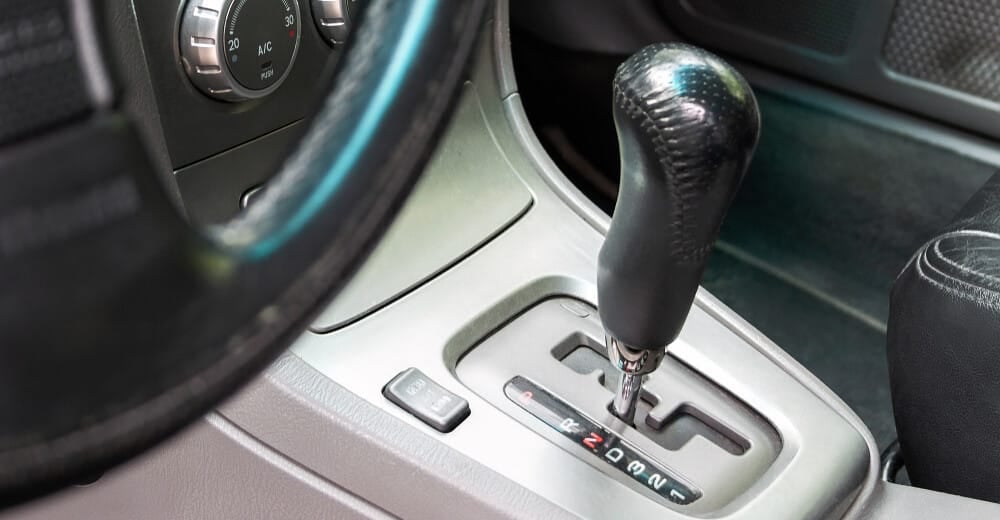
While most people that drive an automatic vehicle try to start their vehicle out of park, you should be able to start your vehicle out of neutral as well.
If you can start your vehicle in neutral but not in park, or vice versa, you likely have a faulty neutral safety switch. However, sometimes your vehicle won’t start in either park or neutral, and the neutral safety switch is still the problem.
But if you’re lucky, you might be able to buy yourself a little more time before making repairs if it will still start in either neutral or park.
3. You Can Crank the Engine in Any Gear
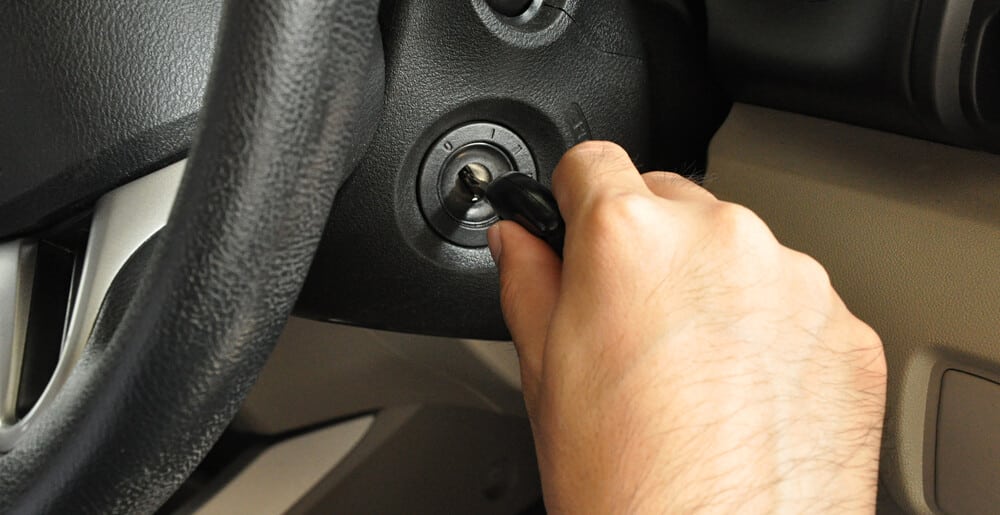
Another problem that you might experience with a faulty neutral safety switch is that you can crank over the engine in any gear. While this might not seem like a big deal, if you accidentally hit the ignition as your traveling down the highway, you can cause serious engine damage and get into an accident.
If you can’t get your vehicle to crank in neutral or park, it shouldn’t start in other gears, but if you can start it in other gears, you should still be able to start your vehicle in park and neutral. This can make it tempting to just ignore the problem, but it’s just an accident waiting to happen if you do.
The Function of a Neutral Safety Switch
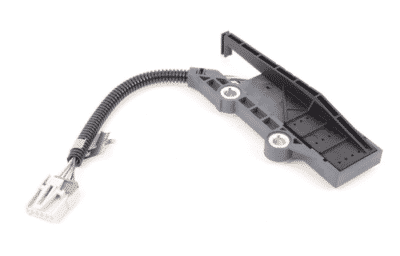
Your vehicle’s neutral safety switch is there to ensure that you can only start your vehicle with the transmission in neutral or park. This is a critical function because if you try to start your vehicle while the transmission is in gear, you can cause engine damage, and if you’re not careful, your engine can launch.
Another feature of the neutral safety switch is that it prevents you from accidentally engaging your starter when the engine is running. If this were to happen, you’d likely damage your starter and engine, and it can lead to an accident. Not only can this be extremely expensive, but it can be dangerous too.
There is a reason safety is in the name of the switch, the neutral safety switch is a critical safety function that keeps you from damaging your engine or accidentally hurting someone.
However, when this component malfunctions, it can prevent you from starting your vehicle in any gear, or it can allow you to start your vehicle in any gear at any time. Either condition can lead to big headaches.
Neutral Safety Switch Location
Your vehicle’s neutral safety switch is mounted on the transmission by the shift lever. This is not the shift lever in your vehicle – it’s what the shift lever in your vehicle moves on your transmission.
If you’re underneath your vehicle looking at the transmission, it looks like a semi-circle metal block, often with a cord attached to it. This is what causes your transmission to shift gears, and it’s what sends a signal to your ECM/TCM to disengage the starter when your vehicle is in gear.
Neutral Safety Switch Replacement Cost
The average neutral safety switch replacement cost is between $150 and $300, depending on the car model and labor costs. This makes replacing a neutral safety switch one of the cheaper jobs. But keep in mind that your exact repair costs will vary depending on what you drive and where you take it for repairs.
However, if you’re looking to save even more money and do the job yourself, you can typically find an aftermarket neutral safety switch for between $20 and $125. If you want an OEM replacement part, realize that you’re likely going to spend a little more.
Meanwhile, the average labor costs typically account for $50 to $75 of the overall repair price. So, if you’re not comfortable doing the job yourself, you’re not going to spend much more to have a certified technician complete the repairs for you.
If you are looking to replace the part yourself, it’s generally not too difficult if you have access to your transmission. Just make sure that you reinstall your vehicle’s transmission gear selector lever in the correct position. Otherwise, you’re going to run into problems when you try to drive your vehicle.
Finally, once you replace your neutral safety switch, you shouldn’t have to worry about replacing it again, making it one of the more durable components on your vehicle.
Categories: Electric
